“Holy crivvens!” you might say, or perhaps “Jings!” These are two ways to express a moment of mild surprise in the traditional Scots tongue, and would both be authentic reactions to the discovery of the following upsetting fact. In devastating news for anyone with Scottish ancestry who’s ever sought to establish their Caledonian credentials by the usual method — not diligent family-tree research, but, on the basis of a Scottish-sounding surname, by tracking down their clan’s official tartan and then online-ordering a kilt, a pair of golf pants or perhaps some decorative homewares that are covered in it — well, that whole “official family tartan” thing is, along with your chintzy heraldic fridge magnet, around 95 percent historical horse shit. In the most literal sense possible, it’s a fabrication.
That’s not to say that tartan clothing itself is an inauthentic thing. Check-patterned twill is a very real part of age-old Highland heritage. But the idea that each clan wore its own motif, like chieftain-authorized warrior sportswear, is a monumental piece of sophistry that was invented by a pair of English conmen in the early 1820s. The Sobieski-Stuart brothers, as they were known, infiltrated Edinburgh society pretending to be Scots-Polish royalty; once established, they promoted their “Vestiarium Scoticum” — a made-up catalogue of clan colors, supposedly based on ancient documents, which carefully itemized which patterns went with which families. Only “there had been no such tradition in the Highlands,” writes the historian Neil Oliver in his A History of Scotland for the BBC. “Folk wore plaid woven and dyed in any color they pleased, even within the same clan.”
What became known as “tartanry” — the tacky appropriation of Highland culture by wealthy Lowland Scots, English grandees and overseas tourists — was much in vogue at the time, and the brothers slipped into this trend their neat, plausible set of fuzzy forgeries. In the process, they changed the consumption of Scottish culture forever. Writes Oliver: “Beguiled by the brothers, the great and the good of Edinburgh could not wait to commission outfits that matched their names. For the kiltmakers and the mysterious Poles, it was a license to print money.” It was also possibly the first instance — and definitely the most enduringly, globally successful one — of selling the idea of “authenticity” to the masses.
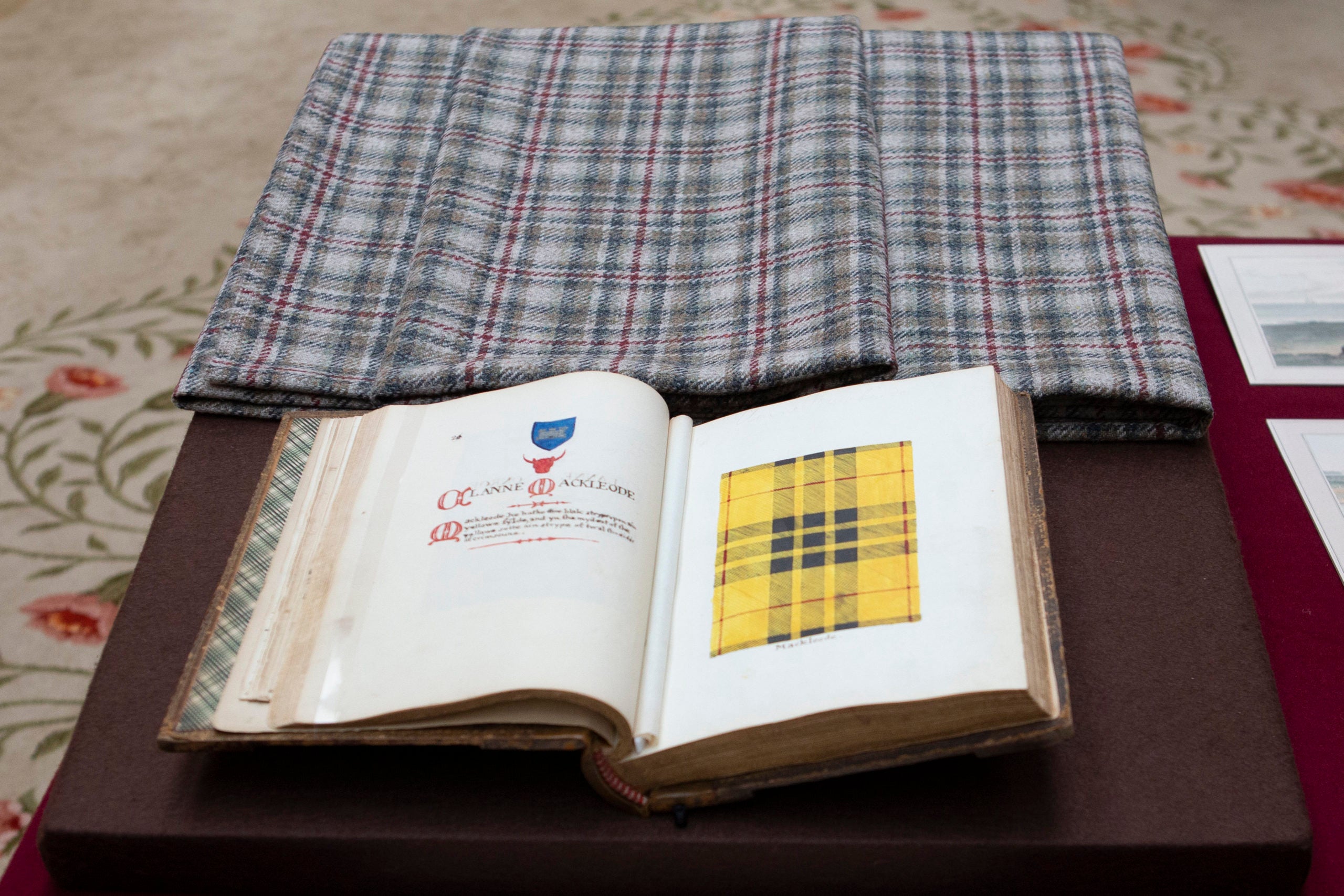
Aside from providing an early business model for the entire future fashion industry, what the great tartan hustle shows is that for as long as we’ve been a purchasing species, we’ve been suckers for a convincing aura of genuine-article-ness. On Madison Avenue, this has been an accepted truth since at least the early 1970s, when Coca-Cola was anointed as “the real thing.” (At the time the iconic tagline was launched, Coke’s brand manager said it “responds to research which shows that young people seek the real, the original and the natural as an escape from phoniness.”) But it’s really been in the last few years that a need for “authenticity” seems to have fully colonized our collective consciousness. Perhaps we as consumers aren’t saying the word out loud all that often, but a perceived demand for authentic brands, authentic products, real experiences and sincere services is today’s number one anxiety keeping marketing people awake at night.
“It’s become the absolute favorite 2014 word of shysters and chancers; of political consultants and crisis managers; of PR and marketing types like me… and of every other fruit loop with a YouTube account — people with only the vaguest idea of authentication and none at all about the philosophical back-story,” wrote cultural commentator Peter York back in 2014, in his haymaker polemic Authenticity Is a Con.
And this is the essential problem with “be authentic” as a mantra for modern business: It’s an impishly abstract and slippery concept. Corporate leaders and management gurus preach it endlessly to each other as a value that senior staff should aim to embody in order to be persuasive and inspire their teams. But they rarely explain why it’s okay to assume “being true to yourself” at work is necessarily and universally a good thing. Lots of people in management are awful.
Academics, meanwhile, have sought to pin down the many and varied ingredients of what makes brands feel real. One researcher in Australia has even developed a psychometric scale to measure consumer perceptions of authenticity, with the idea that “marketers may be empowered to identify new opportunities for brand positioning.” And when marketers themselves take up the challenge and try to “deliver” authenticity on behalf of a brand — more and more via the acutely bullshit-sensitive medium of social influencers — it can all too often blow up in their faces. Like that time when Oprah was coaxed into telling her followers how much she loved Microsoft’s new Surface tablet, but tweeted her enthusiasm from her iPad:

Or when Swedish Instagrammer Johanna Olsson was caught cut-and-pasting herself into images of a trip to Paris where she was showcasing fashion brands to her followers. “I did Photoshop the background,” she posted in response to criticism, “but I’m not going to take them down because it’s a collaboration and they’re nice pictures.”
Or when the marketing reaches way too hard for authenticity by employing young-person stereotypes, as the oil giant Shell did in this 2015 attempt to spin natural gas as “good fossil fuel,” and the result is a sort of ersatz, Truman Show version of the world:
Unreal Situation
For those corporates that have managed to avoid such horrors and sculpt a brand image around authenticity, it does seem to have paid off in the past 10 years. There doesn’t seem to be that many of them though: Whole Foods, Patagonia and Chobani might spring to mind, although the basic intelligibility of the concept in the mass market is called into question somewhat by a 2016 survey of 12,000 global consumers, which ranked Disney top as “world’s most authentic brand.” (A similar survey the following year gave Amazon that accolade.) For the most part, whisper “authentic brand” and it instead evokes a plateau of scrappier, more independent operators — often small in scale, usually associated with millennial tastes and certain trend-prone sectors: Craft beer, the slow food movement, farm-to-table in food and drink; experience-led and personalized trip booking in travel; fashion brands with lofty ethical and sustainable credentials.
For all its Gen-Z and hipster connotations, though, authenticity first crept into marketing-speak as a buzzword sometime during the 1990s, according to the British writer David Boyle, author of The Age to Come: Authenticity, Post-Modernism and How to Survive What Comes Next. And it was in the early 2000s that Boyle first wrote about a new resolve he’d detected from the public to hold politicians, public institutions and businesses to higher standards of transparency. In his 2003 book on Authenticity, he astutely prophesied, “A revolution is starting that is going to mean trouble for businesspeople and marketers alike, as their most conscious consumers suddenly launch a rejection of the fake, the virtual, the spun and the mass-produced.”
Looking back now, with 16 years’ hindsight, he says that brands and businesses haven’t gotten much better at presenting themselves as the real deal. “Partly because many of them have sold themselves off to bigger enterprises — that’s where the money is,” says Boyle. But it’s also been a problem of definition. “It’s a lot of contradictory ideas that come together to create [authenticity], which makes it very difficult to pin down precisely. I think most people just see it as a gut feeling — which it is, but nobody’s tried to define it properly.” Or if they have, it’s tended to be in negative terms, he adds — “as if it’s something really rather bad. A lie in itself. Which I don’t think helps us.”
In contrast to the knotty organizational jargon of authenticity, Boyle believes it’s a concept most of us can straightforwardly understand at an intuitive level. “When people appeal to authenticity, they do mean something that’s actually a real, specific thing,” he says. In his book, he does his best to bring a bit of precision to the term, outlining a number of sources where we derive our everyday impressions of “realness” from. If a brand or product is demonstrably “ethical,” “sustainable” or “honest” in its conduct, for example, we might find it authentic; equally, if it’s presented as “simple” and “natural” (particularly in terms of undoctored ingredients in food), it might be in with a chance; if a product is beautiful, or if it’s seen to be rooted in a tangible tradition, these are firm bases for a healthy authentic glow, too.
From his own perspective, he characterizes it as a feeling a business inspires almost by accident. “When I was first thinking about the book,” he explains, “a friend of mine was saying he’d bought a flat in Paris because he thought the shops ‘feel real’ there. ‘They smell real,’ he said. And I kind of knew what he meant.” To connect with us in this most basic way, a brand, service or product’s outlook needs to “relate to humanity in some way,” says Boyle, “either in its scale or its approach” — and perhaps come across as a little less than perfect in some way, simply because, as he wrote in 2004, that’s “what it feels like to interact with a human being.”
Genuine Misunderstandings
The humanizing aspect of authenticity — along with its powerful potential to drive mass decision-making in 2020 — was recently epitomized by the landslide victory won by Prime Minister Jacinda Ardern in New Zealand’s election in October. Aside from her government’s surefooted handling of the coronavirus crisis, commentators have been pretty much unanimous in identifying the source of her record-breaking popularity. “Analysts of Ardern’s political leadership,” said Australia’s ABC News at the time, “emphasize her openness, honesty, self-discipline, empathy and, above all, her authenticity.”
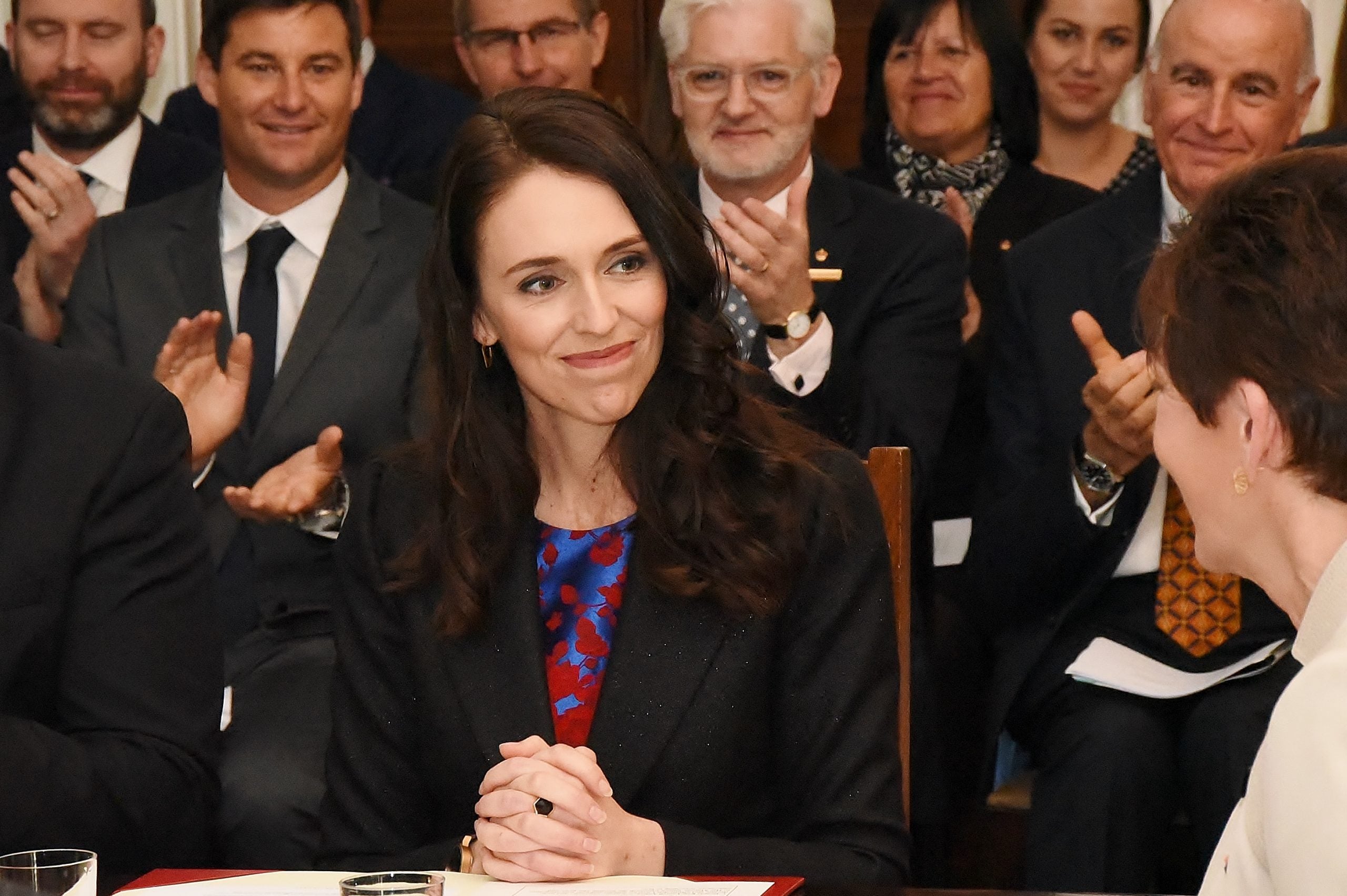
This contrasts starkly with our traditional view of politicians. With those who are creatures of their party machines, “part of the dilemma is that their self-awareness gets in the way,” says James H. Gilmore, co-author, with B. Joseph Pine II, of Authenticity: What Consumers Really Want and The Experience Economy. “The L.A. Times wrote a great piece about Al Gore when he ran for president,” Gilmore recalls. “When Gore was told to ‘be authentic,’ he effectively said, ‘Give me something else, I can’t do authentic.’” (The article unflatteringly kicks off by calling Gore “a kind of media Frankenstein, an artificial product whose every position and passion … emerged from focus groups.” Call it an inconvenient lack of truth.)
For anyone attempting to communicate a single, simple message — whether it’s “vote for me” or “buy me” — to vast numbers of people, this is no mean feat, he explains (Gilmore himself is congenial, candid, passionate about his subject, by the way; an authentic guy, you might say). When an individual encounters a marketing campaign, he says, “There’s no two people who have the same experience.” Companies, by contrast, are stuck trying to “mass-market the singular message when authenticity is personally determined.” They can’t make it feel real for everyone, in other words.
Starbucks, for instance, is regularly cited in the business literature as a company that owed its expansion in the 1990s and 2000s to projecting an ethos of authenticity; to the owners of local coffee shops struggling to compete, on the other hand, that must seem like a cruel joke. To some, farmers’ markets popping up in the middle of town might seem like the apex of rustic authenticity, while to others they’re a gauche, convoluted conceit. “You drive downtown and get your food, right past seven grocery stores,” says Gilmore. “It’s crazy.”
Even the seemingly written-in-stone authentication of history and heritage hinges greatly on your personal perspective. “Americans think many things in Europe are authentic because it’s older than our culture,” says Gilmore. But he finds it interesting hearing about what excites Europeans when they visit the States. Often, he points out, “they want real Americana. ‘No, I want the real simulacra of America. I don’t want the knock-off Reno — give me Vegas! I want real gambling!’”
Or, to take the tawdry tartanry example: To many people, the knowledge that the clan check list goes back a mere 200 years might easily be met with less of a “jings!” and more of a “so what?” By many people’s historical reckoning, two centuries is more than enough time to establish a solidly chronicled tradition, and the legitimacy of its origins might not matter all that much. This is pretty much the position taken by the Scottish Tartan Authority. Plus, if it’s good enough for Rod Stewart, who’s ever going to argue?
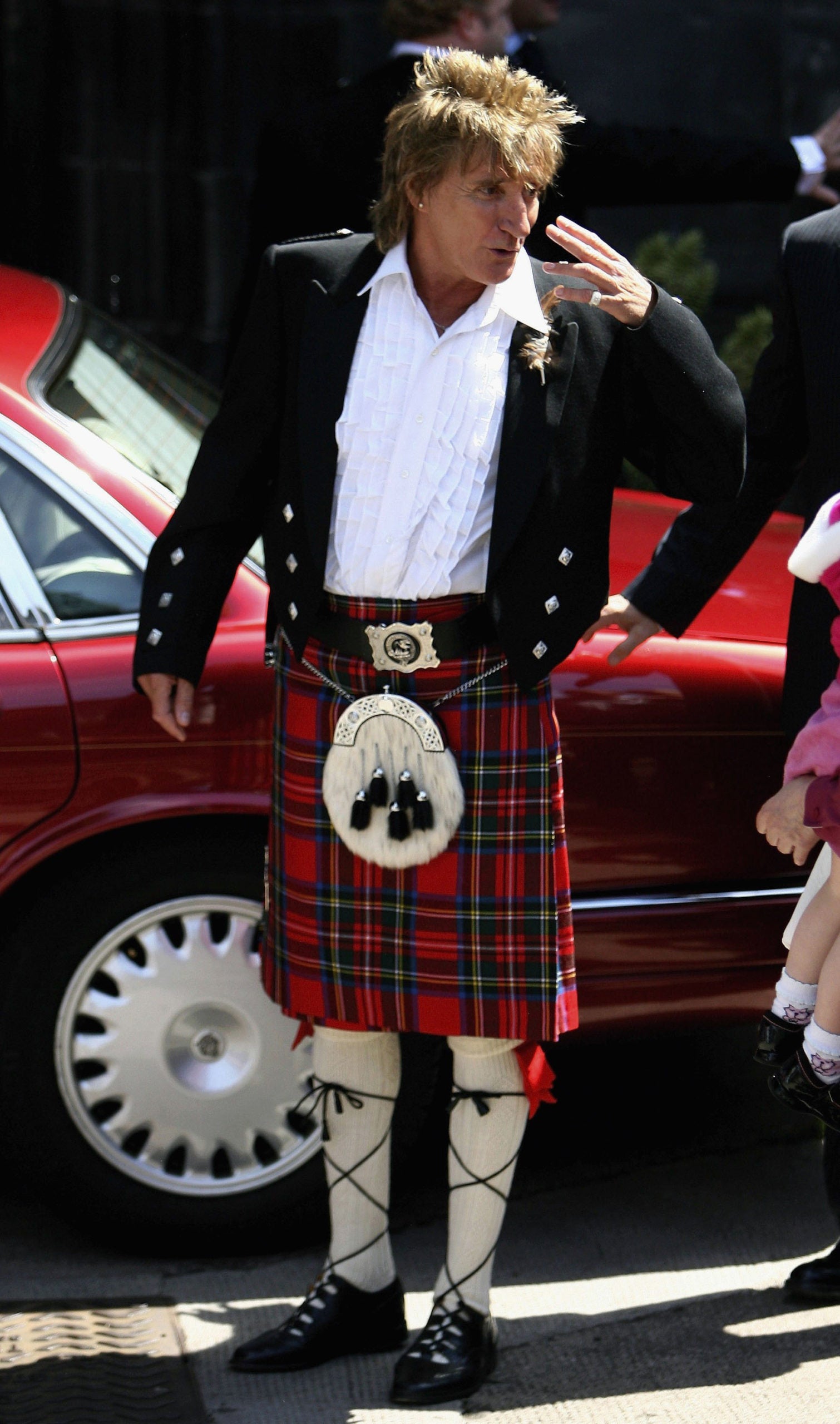
We’re All Just Keeping It Real
In their book, Gilmore and his co-author neatly frame all this as an “Authenticity Paradox” that’s come to engulf and ensnare businesses: “Individuals long for authenticity but struggle with how to gain it. Businesses long to fulfill that need by selling authenticity but cannot really provide it.”
As the 21st century’s got into its stride, this mismatch has become a particularly acute problem for sellers, because consumers, in their infinite variety, are so much more self-aware than they ever used to be. And our commercial expectations, Gilmore and Pine argue, have altered to become focused on enjoying the participatory experience of buying stuff, instead of just being docilely satisfied by the quality of the product.
If that’s difficult to picture, this is how Gilmore explains it to me: “Our definition of authenticity in the domain of commerce, is this: ‘Purchasing on the basis of conforming to self-image.’” Today’s consumers, he says, conflate the feeling of “I like that” (which used to be a sufficient motivation for buying something) with a feeling of “I am like that” — the need to somehow see themselves reflected in the product.
For Gilmore, this self-identifying impulse can be clearly seen in the way some retailers have evolved to be effective no-go zones for clienteles who don’t fit their brand’s mold. “I could go into Pacific Sunwear, a store I’m clearly not a demographic for, and no one will come say hi to me.” They don’t even try to make a sale because everyone in the room realizes, “There’s no way I belong in the store. Period.”
Admiring yourself in the things you buy is now ubiquitous in consumer culture, Gilmore contends, and it’s a desire that applies to everything you might spring for: “The cars you drive, where you decide to eat, the clothes you wear… You increasingly purchase elements of forming identity, as opposed to the functionality of the thing in itself.”
It’s a shift that was apparently spotted by Apple about a decade ago, in their memorably low-budget “I’m a Mac” campaign, which had consumer stereotypes incarnate their favorite computer line. While the fussy old PC was brought to life by a socially awkward, suit-wearing middle-manager type, a hipper Justin Long in a hoodie offered the design and creative crowd — zealous Mac devotees back in 2009 — something they could personally relate to instead:
For a simpler interpretation, Gilmore points to a theory suggested by Canadian philosopher and cultural critic Andrew Potter in his 2010 book The Authenticity Hoax: “He says authenticity is nothing more than wanting to feel superior to your fellow human beings. My tastes are superior to your tastes.” If that’s the case, says Gilmore, some of our neurosis over what counts as authentic versus inauthentic might be explained in terms something akin to a fear of missing out. “I wonder if part of that anxiety is a sense of, ‘Man, I don’t know if my tastes are elevated enough?’”
The Philosophical Back-Story
This might all sound a little metaphysical in explaining decisions about where to pick up groceries or which pair of sneakers to buy. But those philosophical depths are exactly where attempting to fathom authenticity — what distinguishes feelings of realness from fakeness and why — quickly leads you. And if today’s marketers find themselves fretting incessantly over this murky expression, they’re in surprisingly rarefied company.
In the 1750s, for example, the Swiss thinker Jean-Jacques Rousseau worried that in creating civilized societies, Europeans were cutting themselves adrift from more natural, “authentic” ways to live. The Danish philosopher Kierkegaard in the 1840s worried that his fellow Christians’ faith in God lacked “authenticity” and was mainly for show. In the 1930s, Martin Heidegger thought that humans could only reach their “authentic mode of being” by first experiencing profound anxiety, while his contemporaries Jean-Paul Sartre and Simone de Beauvoir were worrying about authenticity’s implications for free will — if most of our decisions are constrained by social norms and obligations, can we be said to be living lives that are true to ourselves? And as far back as the 1970s, the American philosopher Robert Nozick worried about authenticity in relation to virtual reality. In a famous thought experiment, Nozick argued that humans require authentic experiences, rooted in the real world, rather than simulated ones, in order to be happy.
“That notion of Nozick’s — that in the virtual world we’ll long for authenticity all the more, reality all the more — that’s absolutely key,” thinks Boyle. It’s why the feeling of authenticity “is always sort of slipping through our fingers. And why, as companies get bigger and bigger, and take a bigger and bigger market share, these things become more of an issue. It produces a squeezed middle,” he says — “there are either small companies, which are basically authentic, or there are big ones which aren’t. There’s nothing left in-between.”
In Boyle’s view, once a company grows too large it becomes impossible for it to be authentic in any meaningful sense. At a certain point, systems and processes take over from personal interactions and permeate its operations, and that’s when the human touch gets lost. Earlier in his career Boyle worked with Anita Roddick, the late founder of cosmetics retailer The Body Shop — a company that could be seen as a pioneer for imbuing big business with an “authentic” outlook, with its stance against animal testing in the 1980s and 1990s and its support for environmental charities. Even before The Body Shop was sold to L’Oréal in 2006, says Boyle, Roddick was wary of a dehumanizing drift within the business. “She felt that she hadn’t quite got control of the company when she no longer knew the names of everybody’s dogs. It was at around 150 or 200 people — when you don’t really know everybody who works for you.”
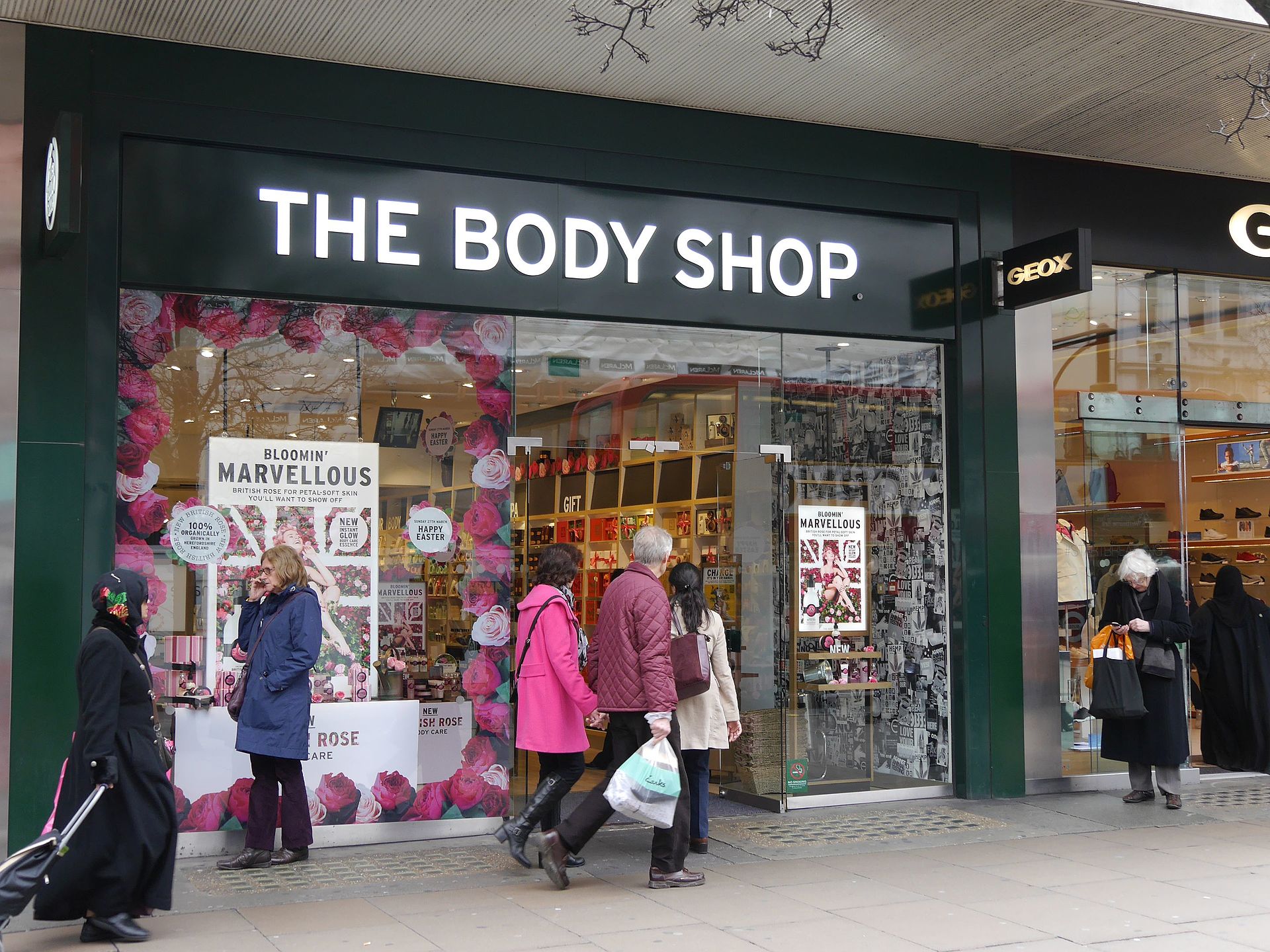
Taking their philosophical lead from the 20th century cultural critic Lionel Trilling, meanwhile, Gilmore and Pine argue that it’s not just the scale of a business that rules out the prospect of authenticity — in a much broader sense, it’s doing business at all. From Trilling’s 1972 moral survey of the subject, they highlight three elements of any human activity that will likely render it inauthentic: If it’s conspicuously artificial; if it’s a product of mechanical processes (that is, if it “alters the natural order with machinery”); or, and most problematically for your average marketing department, if it’s got anything to do with money. Baldly stating “the logical conclusion that follows from centuries of philosophical thought on authenticity,” in the end they just come right out and say it: “If you pay for anything and thereby enter the realm of the commercial, that thing becomes an offering, and therefore cannot be authentic.”
Check Your Authenticity — And Authenticate Your Checks
So there’s no hope. You can’t whistle up, create, inject, drive, engage on, build or in any other way manufacture (which is to say, fabricate) authenticity. To do so would be a flat contradiction in terms. And sorry team, but we’ve had the entire edifice of Western thought look into this, and it turns out there are no clever loopholes or cute tricks to fall back on. Essentially, in the same way you’ll never hear a genuinely cool person use the word “cool” without irony, if talk of “authenticity” is being thrown around in your marketing meetings alongside targets, KPIs and action plans, it’s very likely you’ve already banished it forever from your brand-world. “It’s easier to be authentic if you don’t say you’re authentic,” warn Gilmore and Pine.
For Boyle, this inherent contradiction in its conventional business usage “underpins the whole problem.” Authenticity tends to shimmy just out of reach once you’ve achieved any measure of success. “The trouble is once you get there, you can’t actually be authentic,” he says. “Who the hell can be? Nobody can — certainly not if you’re peddling anything.”
Anyone who tells you they know the magic formula for bringing authenticity to brands, then, is basically selling you tartan. But Boyle also thinks there might be a way out of the conundrum. Kind of. “You can have some sort of process whereby you might get there one day in the end,” he says. “Being honest would be a start.”
He cites a potato-chip company in the U.K. from the 1990s that stuck in his mind as a valiant attempt at making eye-contact with consumers. “‘Real Crisps,’ they were called,” he recalls, “and they used to write the name of the staff member who’d made the crisps on the back of the packet. I thought it was a fantastic piece of authenticity. But actually,” he adds, “in some ways it was itself sort of fake. It was part of a process. And it’s just a gimmick if that was all they were going to do.” (As if to illustrate his point — that the authentic is the exclusive domain of small operations — Real Crisps, it turns out, has since expanded hugely. It’s now owned by one of the biggest snack companies in the British Isles, and its chip packets these days are presented by a fictional set of zany cartoon personas who seem to have stepped out of the board game Clue.)
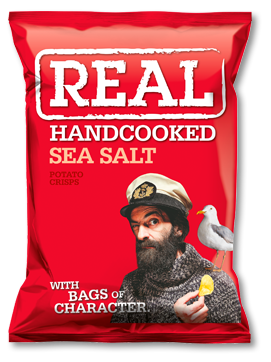
Similarly, Gilmore thinks if an organization takes a running leap of faith, it might just land in the right place with consumers. If it’s a blogger who’s trying to find their audience, or a small business trying to get off the ground, they might try “the marketer’s thing turned on its head,” he suggests. “Simply say: ‘Here’s what I like’ — and their genuine preferences might happen to resonate with lots of people. As opposed to: ‘What do a lot of people want? I’ll go figure that out.’” For more established brands, he recommends a parallel strategy that runs counter to prevailing wisdom: “‘Let’s make the decisions, put it in the marketplace, and run the risk of not finding the buyer.’ That, strangely, I think, is going to have a greater success than trying to continue with the old rules.”
On the brand-messaging side, there’s perhaps another way out, if you’re willing to break the fourth wall and level with consumers. Being upfront about the whole project of selling is an approach that’s been succinctly advocated by marketing strategist Neil Simpson: “An authentic brand admits when it is trying to sell to you something and lives with it.”
Ultimately, that fuzzy cuddle of authenticity we’re all looking for can never truly be tamed, domesticated and set to work. “It’s an anti-management-science thing,” says Boyle. “It’s anti-marketing. It’s anti-anything that gets systematized. It’s why it slips through people’s fingers — why it still does and it always will. Once you pin it down and try and define it and measure it, it will always slip away.”
The systematized artifice of codified tartans should perhaps have been a clue for those who fell for the fake taxonomy in the 19th century. As worn in the days of the real outlaw Rob Roy or the real king Macbeth, genuine Highland fashion was always going to be too wild and haphazard to fit into any politely arranged portfolio. But it seems no one took a moment to think about the real world that existed outside of their own sense of family pride and self-identity.
Even so, there can be said to be such a thing as an “authentic clan tartan” — one that, at least in spirit, captures the mercurial, never-as-real-as-it-claims nature of commercial and cultural authenticity. You won’t find it among the anachronistic battle uniforms of Braveheart, but in the Disney kids’ animation Brave. It’s a garish green-and-orange weave, used by the film’s writers to clothe some of the background characters and their kinfolk, as well as to embellish a clever in-joke they’d inserted into the script to amuse cinephiles and cynics alike — it’s the tartan of Clan MacGuffin.

